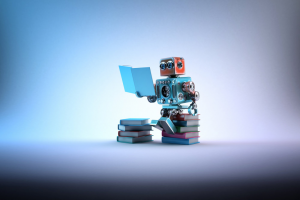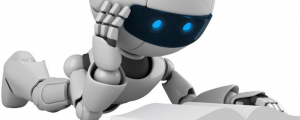There’s an old saying that goes “when you make plans, the Universe laughs”.


A team of researchers at Stanford University think they’ve found the answer, and have taken a decidedly novel approach to robot learning. Their new A.I., which has been dubbed ‘Augur’, provides the vector machines (basically, learning algorithms) with access to the hundreds of thousands of stories available in the online writing community Wattpad. According to the researchers, “Over many millions of worlds, these mundane patterns [of people’s reactions] are far more common than their dramatic counterparts. Characters in modern fiction turn on the lights after entering rooms; they react to compliments by blushing; they do not answer their phones when they are in meeting.” The theory is that while humans may react in any number of ways to a limitless number of situations, there are a certain set of expected responses to common situations that can be learned over time and through repetition. Works of modern Fiction especially offer a broad depiction of human observance and behavior; most especially the boring, mundane and routine aspects of daily life which encompass the majority of the learned behaviors which scientists are seeking to teach the AI models.


It’s by no means a perfect system yet, but it’s getting there. As one Stanford researcher pointed out, “If fiction were truly representative of our lives, we might be constantly drawing swords and kissing in the rain”. Speaking personally, if the biggest downside to fiction as a human study for AI is that my robot one day whips out a light saber in the rain and swears to defend my honor, then sign me up.

 Laptop & Tablet Parts
Laptop & Tablet Parts




















